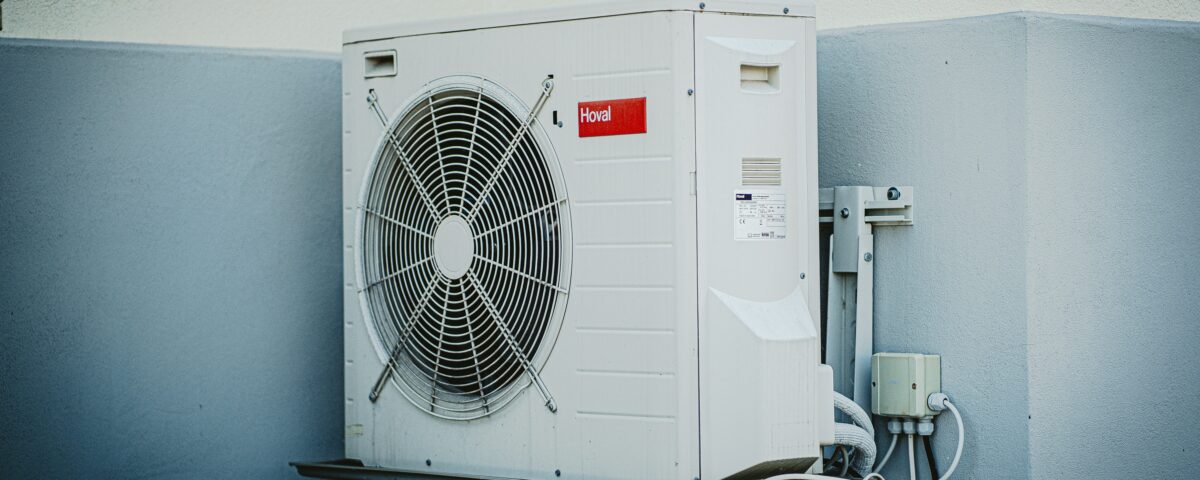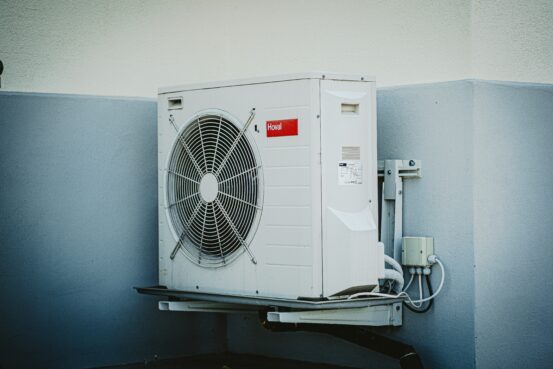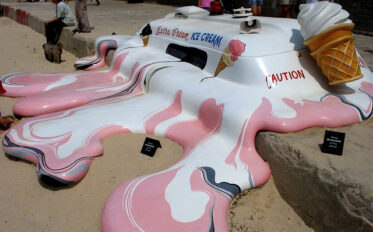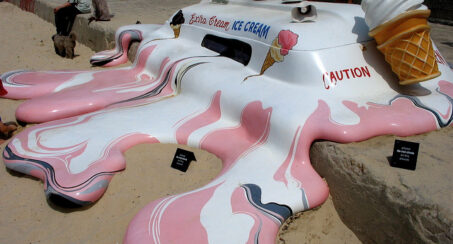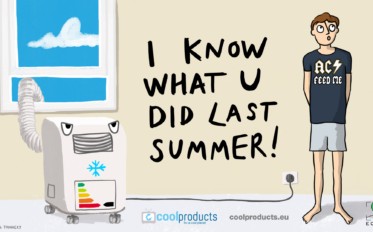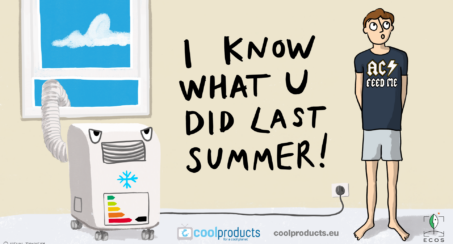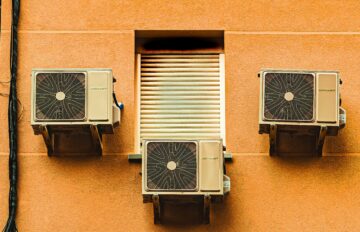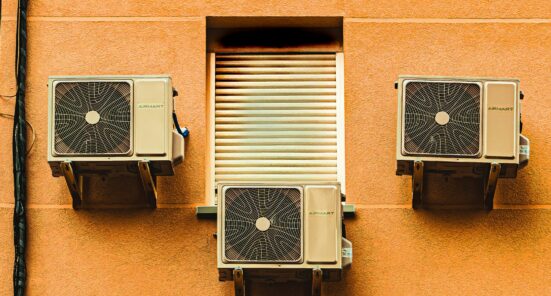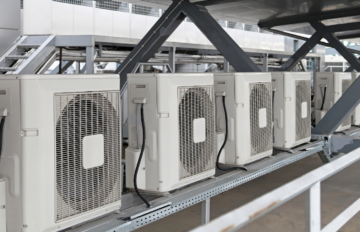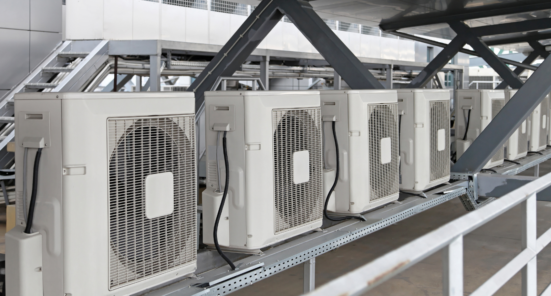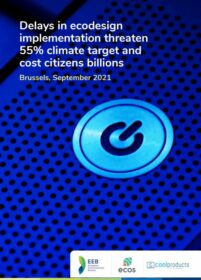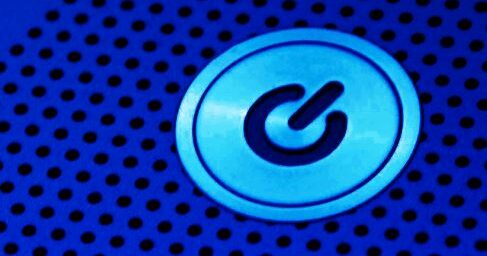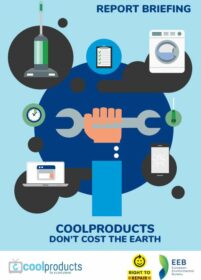Air heaters and coolers are driven by electricity or fired by gas or oil, which includes:
- Products heating air, including air-to-air heat pumps lower than 1 MW capacity1,
- Air conditioners with a capacity from 12 kW to 2 MW2.
- Water cooling products with a capacity no exceeding 2 MW3,
- Fan coil units.
With every passing year, new heat records are beaten across Europe and the use of domestic air-conditioners is growing. Unless new energy saving measures are put in place, their electricity consumption is expected to rise from 40 TWh in 2020 up to 62 TWh in 2030, which is the same as the residential electricity consumption of Italy.
This product lot is particularly relevant because it covers large conditioning technology, such those that could be applied to hospitals, hotel, retirement houses etc.
It also fills the gaps between different bits of legislation, hence allowing to regulate products that otherwise would be too big or too small for other regulations to apply.
It’s also crucial to regulate these products because air-conditioners not only increase the use of electricity, but they also threaten the balance of electricity grids during the periods of their peak demand. To top it off, they contain refrigerant fluids that, if leaked, can contribute substantially to global warming.
What’s the European Union doing?
The EU is currently revising its ecodesign regulation on air heaters and coolers EU 2016/281 in the framework of a general update of the heating and cooling technologies’ regulations.
However, it’s not considering several types of chillers, which is a category of products that is growing, particularly on office and commercial buildings. It’s also non considering some biomass combustion heating technologies that do not fall under any other regulation.
Also, the EU is not considering an energy label for these products, while the Coolproducts campaign believes that this would be beneficial.
What does the Coolproducts campaign want?
- To extend the scope of the legislation to a number of other heating and cooling technologies that need regulation
- To align the energy efficiency requirements with those of lot 1 and other lots that are being revised or have been recently revised, on the basis of evidence already present in the EPREL database.
- To fix a minimum of 100% efficiency for air heating, thus phasing out fossil fuels heaters and leaving only clean alternatives on the market
- Align NOx emissions with those foreseen for boilers of the same capacity
- Introduce new, more accurate testing methods (compensation method).
- Introduce stronger repairability and recyclability criteria: in particular, access to the technical information to repair a product should be free and spare parts should be available throughout the whole life span of the product, that is, 17 years, and made available also to the end users, alongside the specific instructions.
- All technologies in the group should have at least the minimum share of 50% recycled content when it comes to metals.
Coolproducts technical input and position papers:
2023 – Comments following the Ecodesign and Energy Labelling Consultation Forum – 7 March 2023
2020 – A common energy label for air conditioning systems -Coolproducts position
2019 – Air conditioners and comfort fans: Position on the Ecodesign & Energy Labelling proposals
2018 – Comments on air conditioners and comfort fans Tasks 3 – 7
2017 – Comments on air conditioners and comfort fans Tasks 1 – 2
2010 – Contribution to the European Commission revised working document
2009 – Contribution to the European Commission working document
2008 – Technical input to initial tasks of the preparatory study


